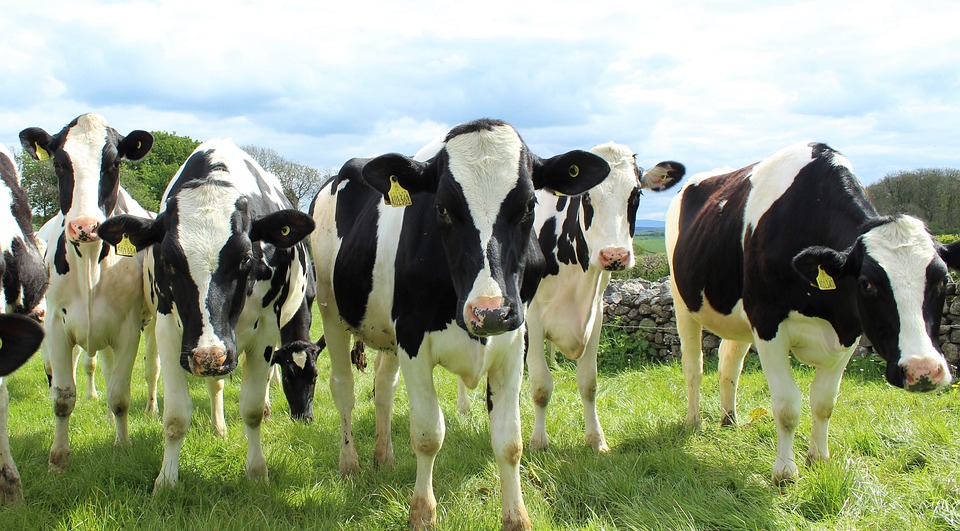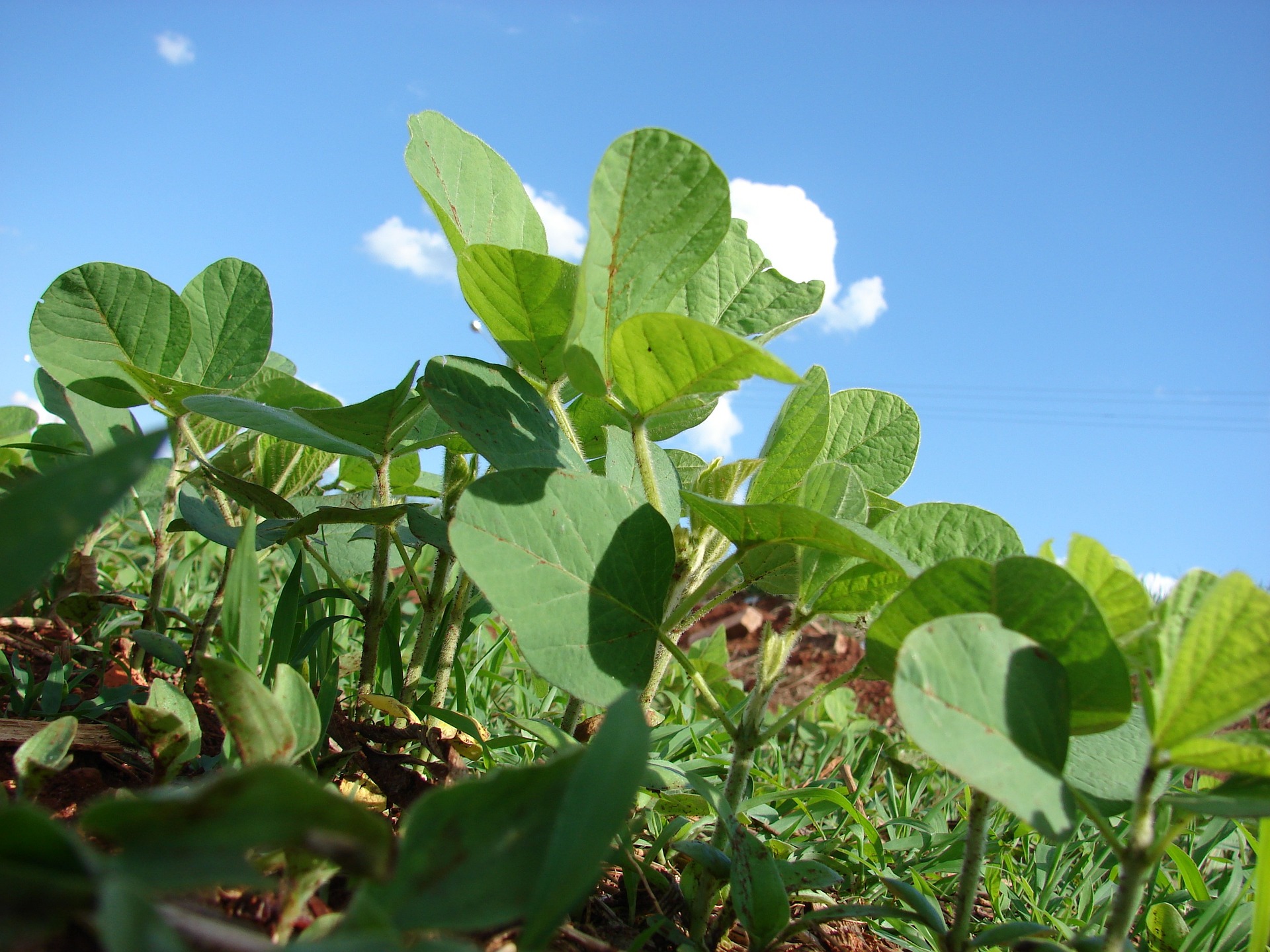EUDR v. EUTR – what you need to know

The European Union’s new Deforestation Regulation (EUDR) marks a significant shift in the EU’s approach to combating deforestation and a necessary step towards sustainable supply chains. This regulation, which replaces the earlier EU Timber Regulation (EUTR), expands the scope of commodities regulated and introduces stricter compliance requirements, reflecting the EU’s commitment to addressing global environmental challenges.
The EUTR, implemented in 2010, was primarily focused on preventing illegal logging – a major contributor to deforestation and climate change – by regulating timber and timber products. It required operators to exercise due diligence to ensure that timber placed on the EU market legally harvested, ensuring that only legally sourced timber could be traded within the EU.
In contrast, the EUDR, which came into force in June 2023, broadens this focus significantly. It targets not only timber but also a range of other commodities linked to deforestation, including soy, beef, palm oil, rubber, cocoa, and coffee. The regulation mandates that these commodities must be deforestation-free and legally produced. This means they must not be produced on land that has been subject to deforestation and forest degradation since December 31, 2020 and must be produced in accordance with relevant legislation of the country of production. Relevant legislation covers terms of:
- land use rights;
- environmental protection;
- forest-related rules, including forest management and biodiversity conservation, where directly related to wood harvesting;
- third parties’ rights;
- labour rights;
- human rights protected under international law;
- the principle of free, prior and informed consent (FPIC), including as set out in the UN Declaration on the Rights of Indigenous Peoples;
- tax, anti-corruption, trade and customs regulations.
The EUDR thereby extends its reach beyond legality issues to address broader environmental impacts associated with deforestation.
How does EUDR differ from EUTR?
One of the most significant differences between the EUTR and the EUDR is the scope of products covered. While the EUTR was limited to timber and its derivatives, the EUDR encompasses several high-risk commodities associated with deforestation. This expansion reflects a more comprehensive approach to tackling deforestation by targeting related sectors that contribute to forest loss globally.

Moreover, the EUDR introduces more stringent due diligence requirements compared to its predecessor. Businesses must now provide detailed geolocation data for where commodities were produced and ensure these areas have not been subject to recent deforestation and illegal production. This involves collecting comprehensive information about:
- land use rights
- environmental protection measures
- and compliance with local laws in the country of production.
Crucially, the EUDR takes precedence over other regulatory frameworks, so even if a product is produced in compliance with local laws, it can still fall foul of the EUDR if the local laws do not uphold the same standards or requirements as the EUDR. The regulation also requires businesses to submit due diligence statements through an information system established by the European Commission before placing products on the EU market or exporting them.
Impact on businesses
The impact of these changes on businesses is profound. Companies involved in trading these commodities must invest in new systems and processes to comply with the EUDR’s rigorous requirements. This includes implementing advanced traceability systems capable of tracking commodities from their origin through every stage of the supply chain. Such systems are essential for ensuring compliance with the regulation’s demands for transparency and accountability.

For businesses in related sectors adapting to these new requirements will require significant investment in technology and human resources. However, compliance with the EUDR also presents opportunities for companies to enhance their reputation by demonstrating a commitment to sustainable and responsible sourcing practices . By aligning their operations with these regulations, businesses can position themselves as leaders in sustainability initiatives within their industries.
The EUDR also has implications for international trade. Companies exporting goods to the EU must ensure their products meet these stringent standards or face exclusion from one of the world’s largest markets. This requirement underscores the regulation’s potential impact on global supply chains and its role in promoting sustainable practices worldwide.
So, while both the EUTR and EUDR share a common goal of reducing deforestation and facilitating a next step towards sustainable supply chains, they differ significantly in scope and execution. The EUDR’s broader range of regulated commodities and stricter compliance requirements reflect an evolution in policy aimed at addressing more complex environmental challenges associated with deforestation. For businesses operating within these sectors, navigating this regulatory landscape will be crucial for maintaining market access and demonstrating environmental responsibility. As such, the EUDR represents both a challenge and an opportunity for companies operating in the affected commodities trading markets.

How can we support you?
Please contact us so we can help you with your EUDR challenges. Questions? We will be glad to help you out.
